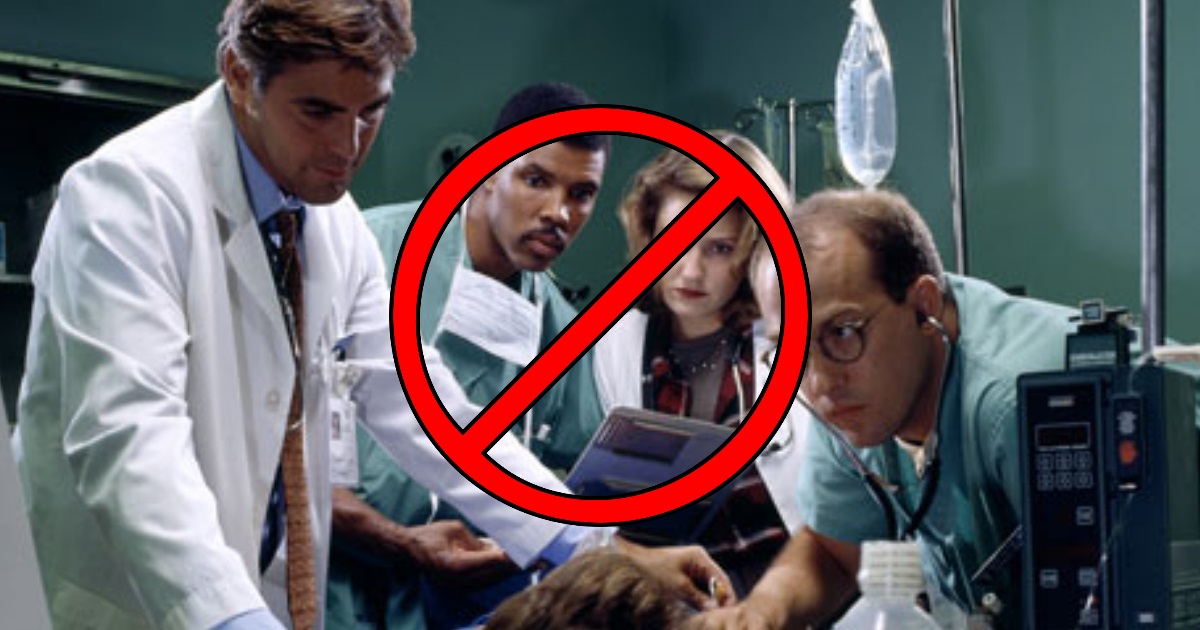CPR vs DNR is an important real-life decision
I was binge watching some medical TV drama shows this weekend; time after time, a medical emergency would occur, and the nurse or doctor would swoop in and save the patient. This makes for great TV. Even as a nurse of 26 years, watching medical dramas is fun and entertaining.
What’s not fun and entertaining is when we have to face those medical “dramas” in real life. “Code Blue” is a phrase familiar to both the medical professionals and those with little to no medical training. What may not be clearly understood or projected in the movies is the real impact that a “code” can have on both the patient and their loved ones.
Do Not Resuscitate (DNR) orders are something that we discuss a lot in hospice. We typically ask the patient or their family on admission if the patient has a DNR. Why? Because we need to understand the wishes of the patient or the wishes of the family. However, sometimes the actual procedures and processes when resuscitating an individual are misunderstood. Many may think it’s much like what’s seen on those TV medical dramas. A nurse calls out, “Code Blue in trauma one!” A doctor runs in, hooks the patient up to a cardiac monitor, begins chest compression for a few seconds and voila, a heartbeat!
Sadly, this is not reality.
Understanding a “Full Code”
I have had family members who have said “NO, I want him to be a full code. I don’t want him to die of a heart attack; he has cancer.”
The truth is that the patient is terminal. Most likely, if the disease progresses, the patient will succumb to the disease. Performing CPR won’t stop the disease progression. The patient remains terminal. In fact, for a hospice patient who is already compromised, his or her chances of actually surviving resuscitation is very, very low.
The reasons are many. The patient is typically very ill, debilitated and tired. Performing chest compressions can actually cause the patient to suffer. Typically, the compression will cause rib fractures. It can be very painful. It can cause damage to internal organs. If the patient is without oxygen for a period of time, they can suffer hypoxic brain damage.
These are only a few of the issues that can occur when performing CPR on a debilitated, terminally ill hospice patient. This doesn’t include the psychological impact that the resuscitation attempt can have on the patient if they survive – or on their loved ones, regardless of the outcome.
However, by regulations, hospice cannot deny a patient’s admission to the hospice program due to the absence or presence of a DNR. We will continue to compassionately and aggressively care for the patient even if they elect not to sign a DNR and remain a “full code.” If they are to stop breathing or no longer have a pulse, hospice personnel will begin CPR and will begin to perform chest compressions and supplemental breathing by breathing into the patient’s mouth, all as an attempt to artificially start the patient’s cardiac function and breathing. The staff will continue the process until paramedics arrive to take the patient to the hospital.
DNR: Another Choice
The flip side of this is that if the patient has elected to become a “No Code” or sign the DNR, the care doesn’t stop. Even when the patient’s heart stops. Our compassionate staff remain with the patient, comforting him or her and comforting the family.
Remember, this is your loved one. Find out your loved one’s wishes if possible. Educate yourself by understanding the processes and chances for a successful resuscitation attempt. If you have questions about the DNR process, contact us at 1-888-564-3405. Once a decision is made, inform your hospice team of your wishes. This is critical.
Let’s keep the TV medical dramas on TV.
DeAnna Looper RN, CHPN, CHPCA
Senior Vice President of Clinical Operations
Crossroads Hospice & Palliative Care
If you found this information helpful, please share it with your network and community.
Copyright © 2016 Crossroads Hospice & Palliative Care. All rights reserved.

